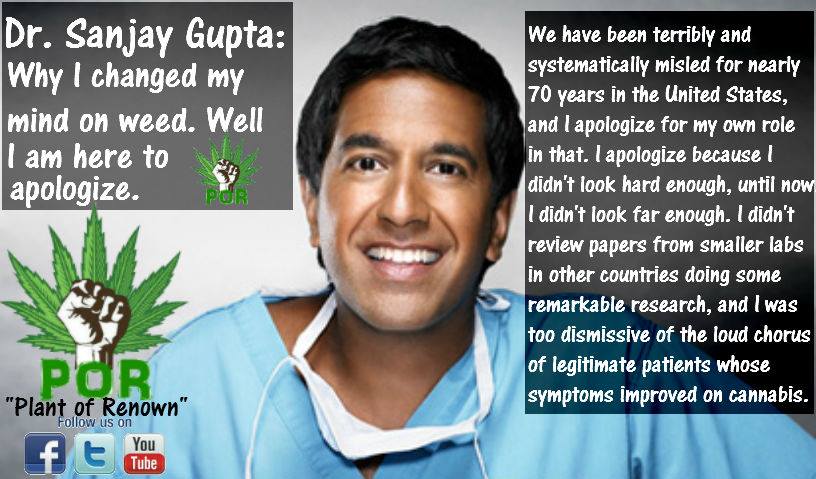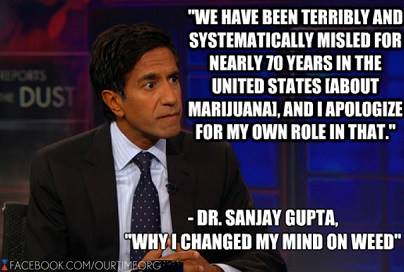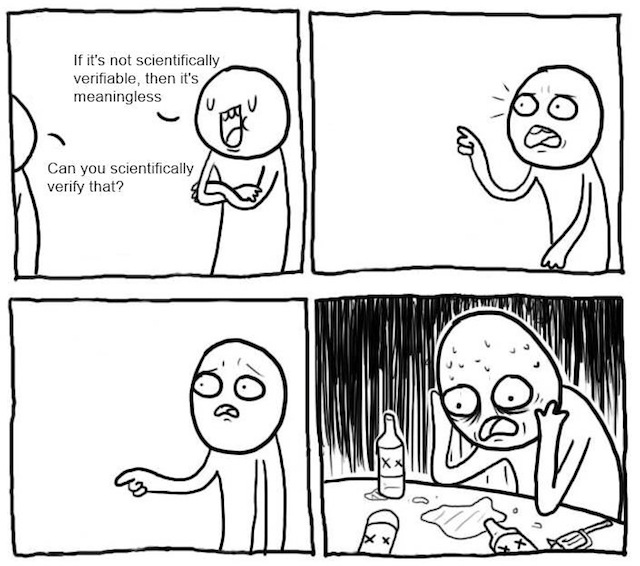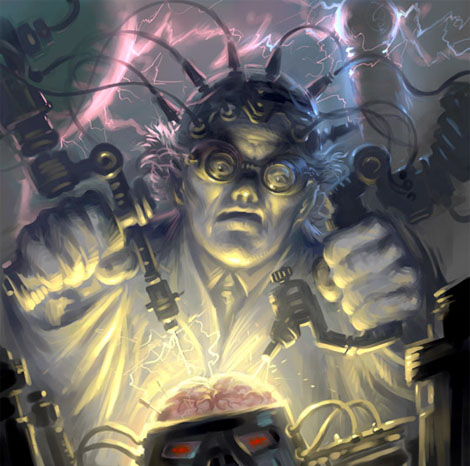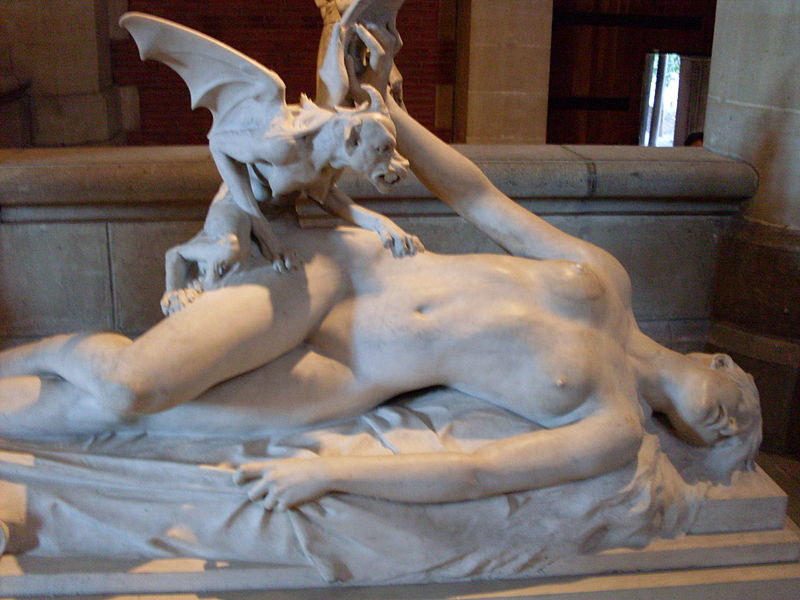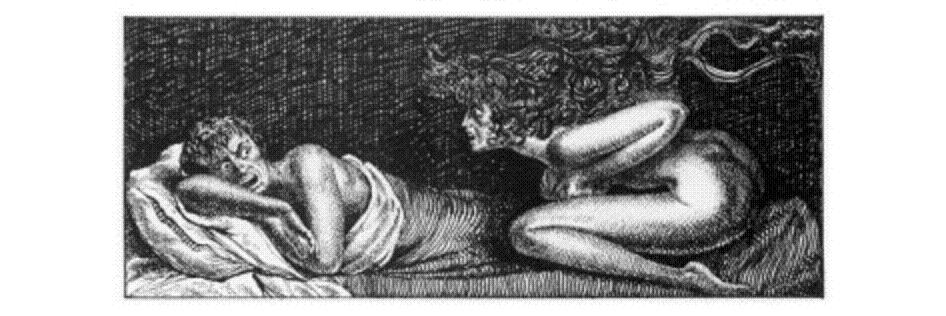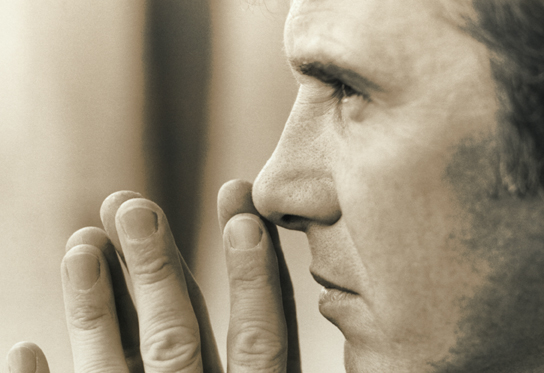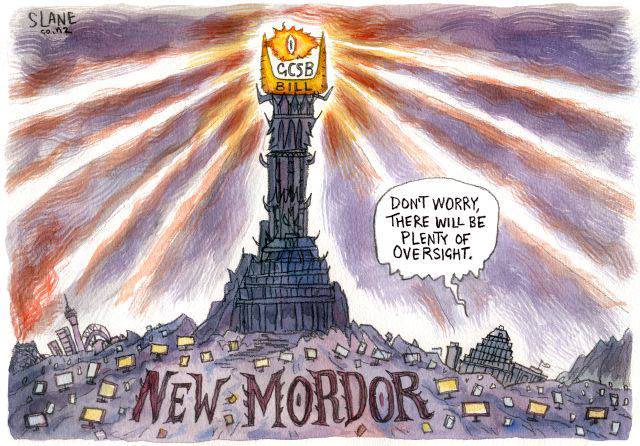
Picture by Slane Cartoons
I was asked if I would speak at the GCSB Bill protest in Hamilton last Saturday.
I had to decline because I said I had not read the Bill, and that I did not know enough about it to say that it was Bad legislation.
Now get this straight…. I believe DotCom has been very unjustly treated, and that John Key was as guilty as Sin and is lying through his teeth in respect to his complicity in this crime against a NZ resident… and also that I believe John Key seeks to rush through this Bill because he believes it will help him when he faces up and coming Criminal charges for his part in the GCSB Crimes Re: Dotcom and others.
One is reminded of Helen Clark’s ‘Pledgecardgate’ Electoral Fraud and misappropriation crimes and her rushing retrospective legislation to halt her High court conviction and the nullification of the Labour election victory over Don Brash.
….Thus I am fully aware that John Key and the GCSB have already abused the powers they have, and thus we must question any notion of granting them further powers to abuse!
None the less I could not say I oppose the bill, because in spite of all this shyster John Key business, I do believe that there could be legitimate National security issues at stake.
Let me elaborate further.
John key has said that the new legislation would not legitimise what the GCSB did to Dotcom.
John Key also said the GCSB bill will not legalise the Government collecting, storing and eavesdropping all New Zealanders Internet and phone communications… Ie the GCSB bill is not a part of ‘Prism’.
John Key’s has now made further claims that we need the GCSB Bill because there are Al Qaeda Operatives here
…Yet What evidence do we have to support that last claim?
I am not saying that’s impossible for Al Qaeda to be here, but why should we accept it on the word of such a dishonest Scum bag as Key?
Why doesn’t Key say the truth?…. Ie that the GCSB Bill would have been of value in the Tu Hoe Raids, and that Tame iti would probably be in Jail for 20 years had the GCSB Bill been in place at the Time Iti was planning Domestic Terrorism!
It was only because bungling Anti-terrorist legislation that allowed Tame Iti and those Psychotic Tree-hugging Greens to escape… because just like the Dotcom case… In spying on Tame Iti and co, the Powers that be broke the Law, and thus the evidence they gathered about Planned hijacking and murder was inadmissible.
John Key cant mention this valid example for spying because of his cosy relationship with the Maori Party.
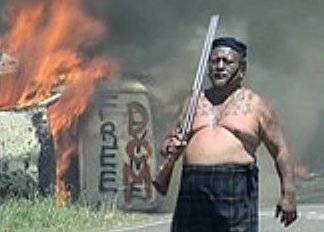
For me it was the discovery of what Tame Iti was up to which has made me appreciate that there are Rare circumstances of National security in which spying might be justified.
I dont believe that spying on Drug dealers is at all justifiable… because I dont believe dealing or
using drugs is a Crime…nor a threat to National security.
I dont believe the spying on Dotcom was justifiable either because he’s not a threat to anything but a Happy meal… or 20.
The Tuhoe terrorism scare was a very different kettle of fish.
The Police raids and arrests were a result of a covert spy operation in the Urewera bush whereby special ops were able to film a terrorist training camp and to eavesdrop on conversations about kidnapping and murder.
Tami iti and a collection of Maori Radicals and Extremist Greens were practising Military/ Guerilla type drills using fire arms and home made explosives/ fire bombs.
And by my way of thinking if there is a known conspiracy to commit terrorism or murder, I have little problem believing it is the duty of Government to act covertly and pre-emptively to prevent innocent people being harmed.
This is all a very messy situation… It presents me with a conundrum… because had Tame Iti merely been doing Militia combat training, and not talked about ‘practising’ killing on unfortunate ‘Pakeha’ I would have no grounds to say he was committing any crime.
And yet that is not the case.
He was planning Murder, Kidnapping, and the armed Overthrow of the the NZ government via terrorist means.
Yet still ….and this is where things get even more muddled….I also believe it is fine to practice for a revolution… the overthrow of a tyrannical government by force… Indeed I believe the only thing that can keep a Government from over reaching it’s just powers is a fear of the People uprising… thus in a free society I believe that many New Zealanders ought to be training for such an event.
The dilemma is how to maintain the rights of the population to prepare for a justifiable revolution… and yet also maintain the legitimate government’s ability to cut off Domestic terrorism… ie Unjust revolutions such as Tame Iti was planning.
The dilemma is how to grant the government the power to spy and record evidence against such criminal organisations as Tame itis Terrorists… but forbid them from being able to spy on the Righteous militia and their plans to overthrow an evil Government?
The Dilemma gets worse when you appreciate the reality that Tame Iti and his Band of Violent Greens believed their cause was Just.
Now I myself would love to see our oppressive government overthrown :-)!
Yet my reasoning and justification is the exact opposite of Tame Iti and his TuHoe Terrorists.
They did not seek to establish a New Order of justice, Freedom, and equality, but to impose a severe Racist dictatorship… a lot like George Speight attempted to set up in Fiji… and like Mugabe was able to set up in Zimbabwe.
And Iti’s, Speights, and Mugabes Revolutions are to be juxtaposed against the latest military Coup in Egypt which has just overthrown the Elected government there because they were breaching the constitution and attempting to set up an Islamic State, and with Commodore Bainimarama’s righteous Coup in Fiji, who overthrew the Elected government there because they were busy setting up an apartheid system of Indigenous Rights.
Now Time has proven Bainimarama to be a very Benevolent Authority… with relatively few incidents of troop violence against the citizens of Fiji, and yet there have been some reported cases of serious violence purported by the Egyptian army against outraged Islamic Egyptians protesting the Coup… thus I hesitate to give full endorsement to the Revolutionary Cause.
These sorts of issues show just how difficult it is for any revolution to maintain the High/ righteous ground and avoid actions which are unjustifiable.
We must never forget that a righteous end cannot be used to justify corrupt means.
Some people may recoil at the Idea of the armed overthrow of an elected government… as if Mob rule is always right. It isn’t. The reality is all forms of Government can become oppressive, unjust, and tyrannical if they implement Laws which are purely Arbitrary, Oppressive, unjust, and tyrannical.
All governments ought to be ‘hemmed in’ by an Iron-clad Constitution… this is what constitutes the Rule of Law… and when any government violates the Constitution it has become a Criminal organisation which needs to be abolished and New government instituted.
It also ought to be obvious that the only power possible to protect a legitimate government from being overthrown by an Evil Military Coup is by having a well armed population trained in Militia.
The Army will hesitate from any actions when it knows the people will rise up and fight.
This has been a very heavy trip!
Spying…. Terrorism… Corrupt Politicians…Armed revolution… Constitutions…. etc
These were some of my thoughts in respect to the GCSB bill, and why I hesitate to either endorse the Bill or to protest against it.

John Key is a Dirty lying scumbag Quisling and does not deserve to be granted more powers, and I fully support Dotcoms cause against the NZ Government… and yet there is so much more to this issue.
I believe we need more time to ponder what is at stake…. what are all the pitfalls, and in what final form such a Bill might be Good for New Zealand.
The Privacy of New Zealanders must not be curtailed under the guise of National security, and yet There must be means of identifying and catching terrorists before they strike.
It must be appreciated that it was because of poorly framed and rushed through Anti-terrorist legislation that allowed Tame iti and the Tuhoe terrorists to escape justice.
The Solicitor-General David Collins ruled that law was “almost impossible to apply in a coherent manner” and firearms charges were laid instead.
The last thing we need is more Bad legislation being rushed trough by a corrupt Prime minister who is seeking to mitigate his own culpability in regards to ongoing charges of Corruption and abuse of power.
That Key has played the Al Qaeda card is very suspect… and yet worrisome.
I also worry about the political connection between the PM and the GCSB.
We have all found out about John Keys devious Employment of his own Old school friend to the Head of the GCSB!…. Heinrich Himmler anyone???
Tim Wikiriwhi.
Christian Libertarian.
Read my Free Radical article on Bainimarama’s Fijian Coup and The Right of Revolution’ Here:
Read about my condemnation of Tame Iti’s evil intentions Here>>> Not a Pimple on Mandela’s Butt! Tama Iti
Read about…. The Shame of Maori Radicalism. Hate and Violence. Here:
Read about New Zealand’s ‘Cold’ Civil War. Constitutional Crisis. Here:
Read about… Where Haters come from. Here:
Read about Read about… Universal Pride in Washington, Separatist Shame in Wellington. here:
Read about…. State of Confusion. The Rule of Law vs The Mandate of the Majority. New Zealand’s Constitutional Crisis. Here:
Read about…. Low Lives in High Places. Water and John Key’s Racist Alliance here:
Read about… The Great Waitangi Swindle. Here:
Read about… Trojan Horse: The UN Separatist Declaration of Indigenous Rights. here:

